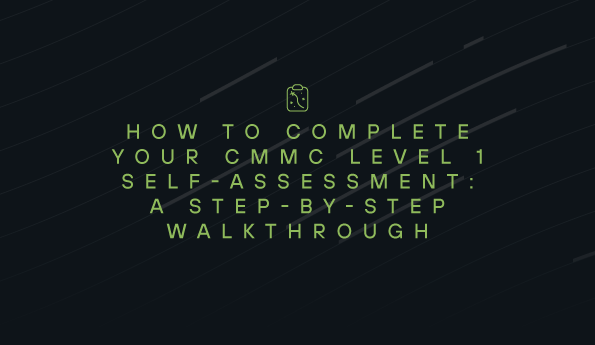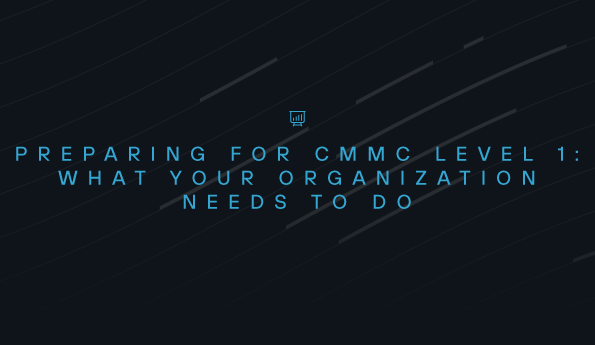The Real Cost of Doing Nothing in Cybersecurity
Improving cybersecurity posture can feel like a daunting and expensive chore. It may seem like you can hedge your bets, do nothing, and hope you don’t get breached. Then, you save money and can focus on other areas of your business, right?
Threats are evolving faster than ever. Compliance regulations are tightening. Cyber insurance providers are demanding proof of controls before renewing policies. Left unchecked, these all create costs that can far outweigh the price of investing in cybersecurity.
Whether you’re an individual business or an MSP managing security operations for multiple businesses, the time is now to reconsider your security strategy. Although inaction is a certainly some kind of strategy, it’s often the most expensive one of all.
Why Doing Nothing Costs More Than You Think
Many businesses may feel that “We’ll deal with security later” is the best way to save money and focus on other investments. But “later” rarely means cheaper. In most cases, waiting just means paying more when something breaks.
A single breach can cost hundreds of thousands of dollars.
A failed compliance audit can stall growth.
An unrenewed insurance policy can block entire contracts.

Doing nothing might save a few dollars now, but it guarantees higher costs in the long run.
The Hidden Costs of Complacency
The cost of doing nothing rarely appears as a single line item. It builds slowly, across four major areas that significantly impact your business.
1. Missed Updates and Aging Defenses
Outdated systems create easy openings for attackers. Most successful breaches happen because of known vulnerabilities that already have patches available.
Sometimes updates are delayed to avoid downtime or compatibility issues. But each delay increases exposure. A single unpatched endpoint can lead to a breach that affects an entire environment.
Cost: System downtime, data loss, and expensive emergency remediation.
MSP takeaway: Automating updates and tracking patch status across client networks helps reduce silent risk and demonstrates consistent protection.
2. Rising Cyber Insurance Premiums
Cyber insurance has changed. Providers now expect documented proof of security controls like MFA, endpoint protection, and incident response planning. Without these, clients can face higher premiums or lose coverage altogether.
This new level of scrutiny has added pressure for MSPs, who now play a key role in helping clients prepare for insurer questionnaires and audits.
Cost: Escalating premiums, non-renewals, or denied claims after an incident.
MSP takeaway: Aligning client controls with insurer expectations transforms cybersecurity from a “nice to have” into a requirement for doing business.
3. Regulatory and Contractual Fines
Compliance frameworks such as HIPAA, PCI DSS, CMMC, and GDPR are no longer optional for many businesses. Falling short can mean significant penalties, delayed audits, or even lost contracts when clients demand proof of compliance.
For MSPs, managing multiple frameworks across their customer base creates added workload and risk. Without centralized visibility, it’s easy to miss gaps or duplicate effort.
Cost: Fines, audit failures, and missed opportunities.
MSP takeaway: Centralized control mapping and automation simplify compliance reporting and show clients that their environment meets expectations before the auditor arrives.
4. Breaches That Could Have Been Prevented
The most painful costs are often the most avoidable.
Credential theft, phishing, ransomware… all are well-known threats with proven defenses. Yet many incidents happen because the basics weren’t enforced.
Even small incidents create ripple effects. Productivity drops, customers lose confidence, and the brand takes a hit that lasts long after systems are restored.
Cost: Legal fees, customer churn, and long-term brand damage.
MSP takeaway: Prevention depends on visibility. Detecting issues early and acting fast protects both the client and the relationship.
The True ROI of Taking Action
Proactive cybersecurity doesn’t mean perfection. It means measurable progress and accountability. For MSPs, that progress becomes a clear way to prove value.
Taking action helps businesses:
- Lower cyber insurance premiums by showing control maturity
- Simplify compliance with consistent tracking and reporting
- Reduce downtime through automated monitoring and updates
- Protect trust and reputation
- Demonstrate ongoing security improvements
Small, consistent steps compound over time. Ultimately, the perception of security needs to shift from a cost center and burden to a requirement for protection and business continuity.
Platforms like Todyl help make that progress easier. By aligning controls to frameworks, tracking compliance readiness, and generating clear reports, Todyl reduces the manual work MSPs spend trying to prove security outcomes. That transparency builds confidence and shows the real value of managed security services.
This October: Choose Action
This is why, here at Todyl, we’re reframing Cybersecurity Awareness Month to Cyber Action Month. It’s a call to move from reaction to readiness.
For any business, and the MSPs that manage them, the cost of doing nothing isn’t hypothetical. It’s real, measurable, and entirely avoidable.
Start with small, practical steps:
- Review patch management and MFA coverage
- Evaluate insurance readiness
- Map security controls to at least one compliance framework
- Communicate the financial impact of inaction
Read our blog for more cybersecurity tips and ways to save money by building your cybersecurity program with our platform.
See Todyl in Action
Learn how you can protect what you built.
Stay on the Cutting Edge of Security
Subscribe to our newsletter to get our latest insights.



